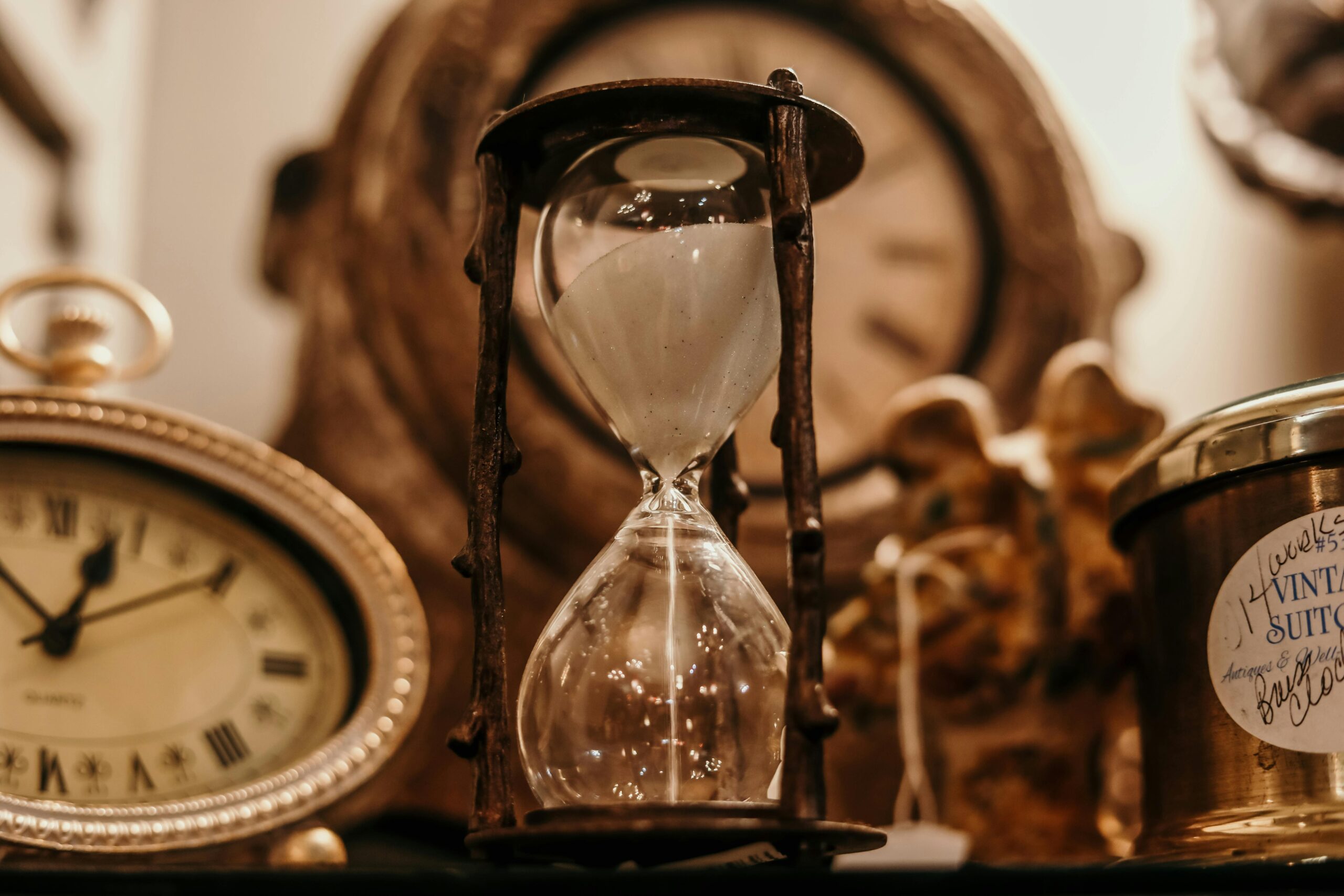Time travel fascinates us. The idea of moving between different times—whether to the past or future—sparks our imagination. While we often think of time travel as a modern concept seen in movies and books, it actually has roots in ancient myths. Many cultures created legends about time travel, showing how they understood time and its mysteries. In this blog, we will explore various myths that involve time travel and what they reveal about the cultures that created them.
Table of Contents
Understanding Time in Mythology
In ancient times, people had different ideas about time than we do today. Many cultures viewed time as a cycle, not a straight line. They believed that natural events like seasons and moon phases influenced time. Myths often reflect this idea, showing how time can be fluid and connected to human experiences. These timeless tales remind us that time is not just a series of moments but a complex journey shaped by culture and beliefs.
Notable Time Travel Legends
The Greek Myth of Chronos
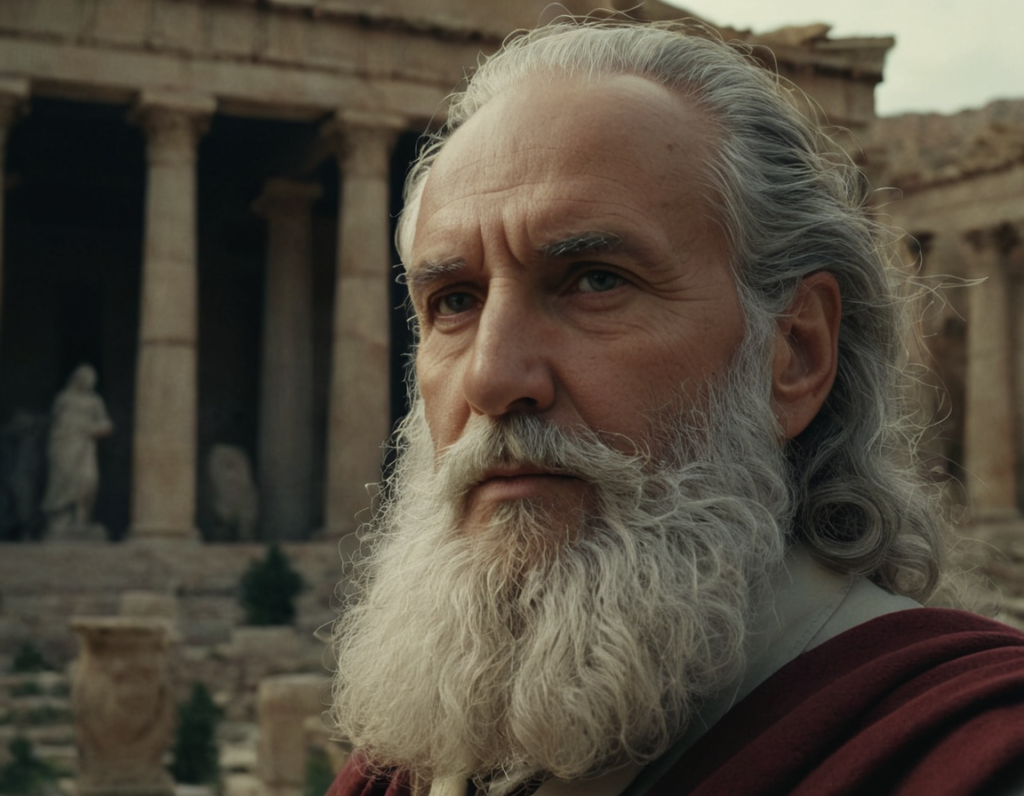
In Greek mythology, Chronos is the personification of time. He is often shown as an old man with a long beard, representing the passage of time. Unlike other gods, Chronos doesn’t rule a specific area; instead, he embodies time itself. Myths about Chronos emphasize that time is powerful and cannot be stopped. In some stories, he controls the flow of time, reminding us that while we might want to change our past, time always moves forward.
The Tale of Urashima Taro

This is a famous Japanese folktale about a kind fisherman named Urashima Taro. One day, he saves a turtle being mistreated by children. In gratitude, the turtle takes Taro to the Dragon Palace, where he meets the beautiful princess, Otohime. He spends what feels like a few joyful days there. However, when he returns home, he finds that many years have passed. His village has changed completely. His family and friends are gone, and everything is unfamiliar. In his sadness, Taro opens a special box he was given and ages rapidly. This story shows how time can flow differently in magical places and explores themes of loss and the passage of time. It stands as one of the many timeless tales that highlight the emotional impact of time travel.
Hercules and the Twelve Labors
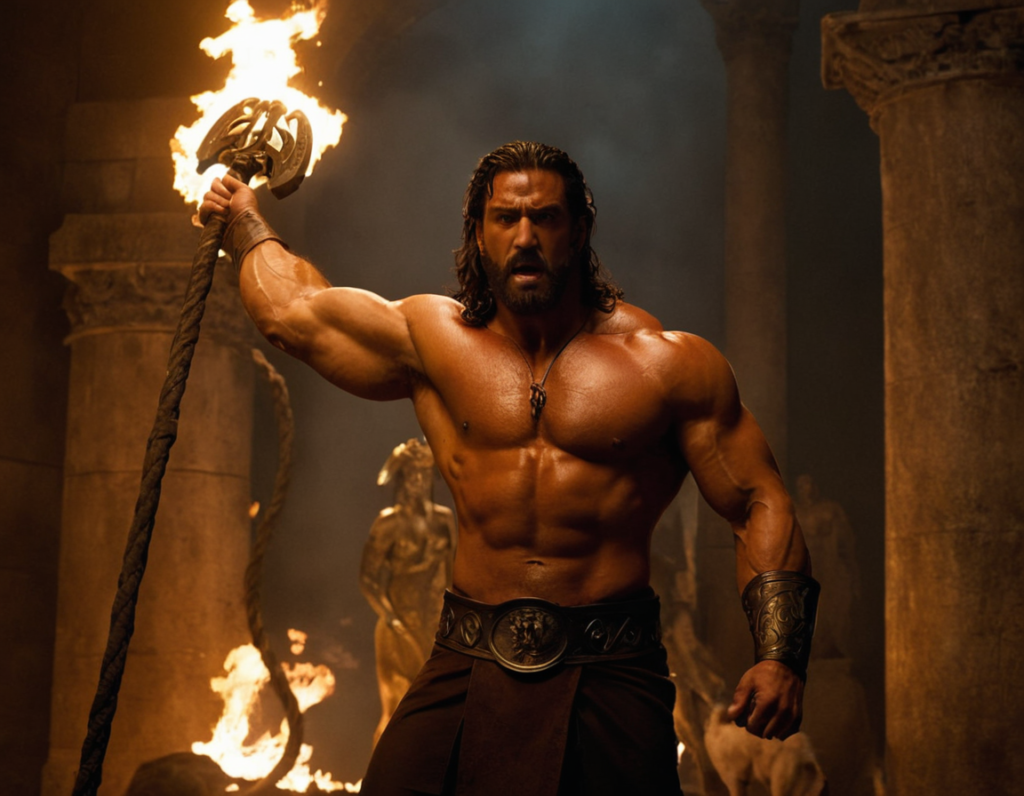
Hercules is a famous hero in Greek mythology known for his strength and bravery. One of his labors involved traveling to the underworld to capture Cerberus, the three-headed dog that guards the gates of the afterlife. While in the underworld, Hercules meets many souls, including heroes and villains. He confronts his past actions and their consequences. Although he doesn’t travel through time in a traditional way, his journey helps him gain wisdom about life and death, connecting him to the broader themes found in timeless tales of heroism and sacrifice.
The Aztec God Quetzalcoatl
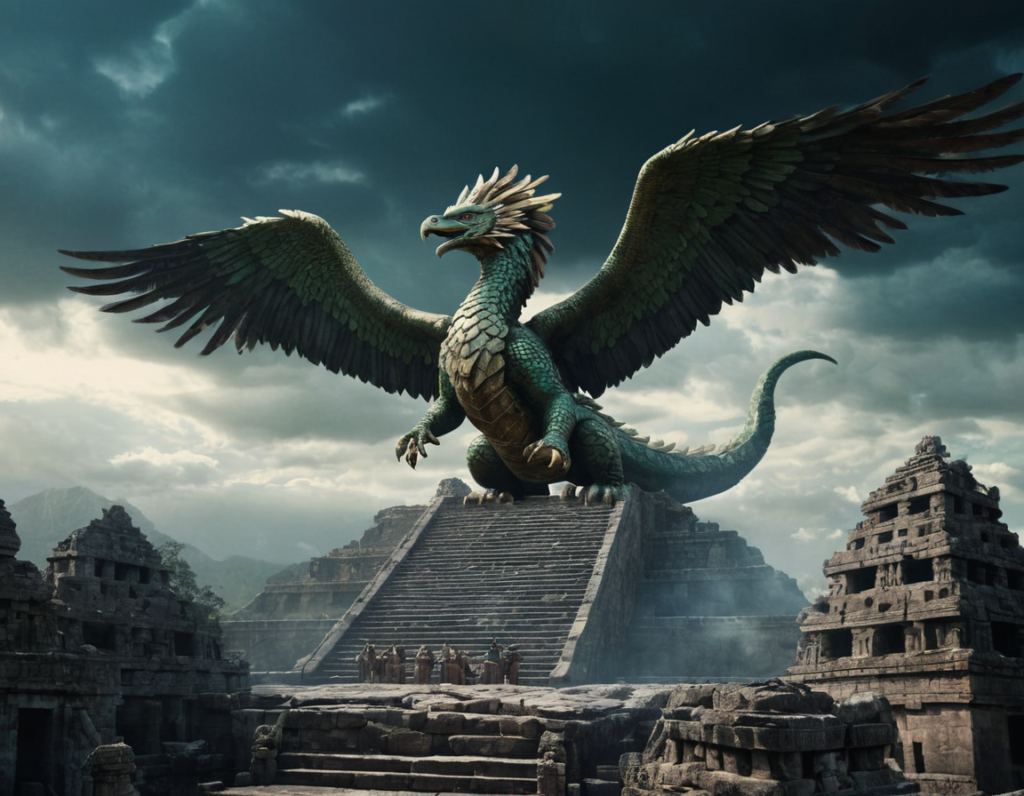
In Aztec mythology, Quetzalcoatl is a feathered serpent god associated with creation and learning. Some stories say that Quetzalcoatl can travel through different times and dimensions. He is believed to have created humanity and taught important skills. One legend tells of his journey to the underworld, where he faces various challenges. His travels connect the past and present, emphasizing that divine beings can shape the course of history, similar to other timeless tales across cultures.
Norse Mythology and Ragnarok
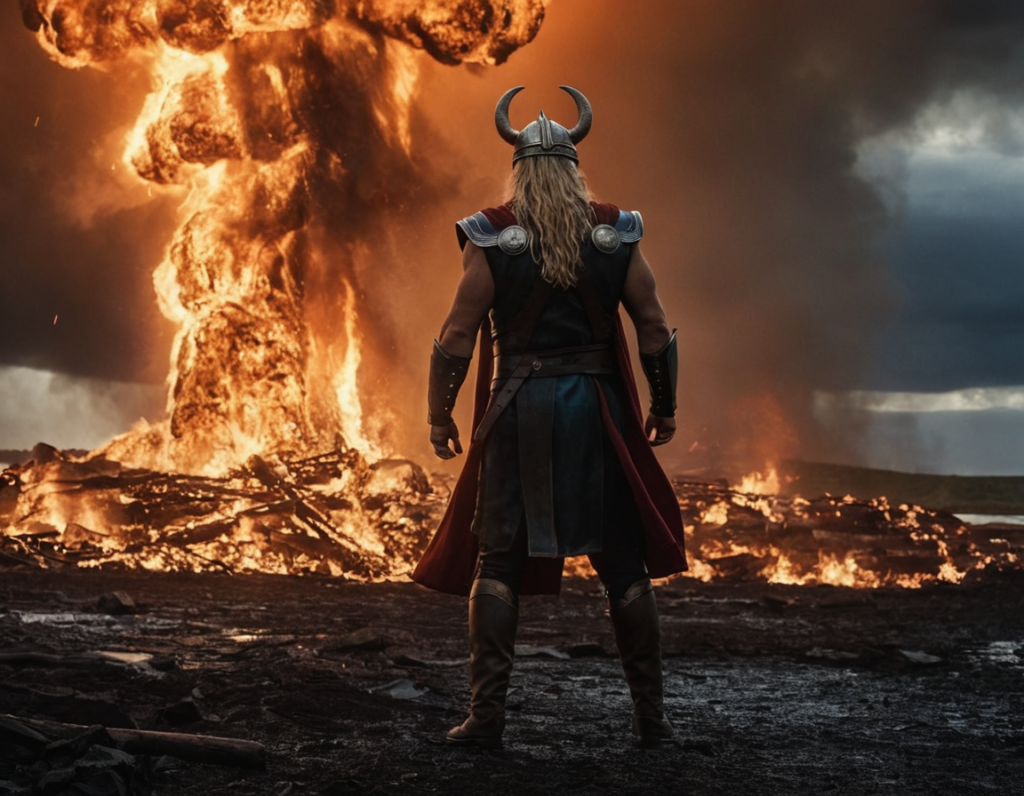
In Norse mythology, Ragnarok is a series of events leading to the end of the world and the death of many gods, including Odin and Thor. However, it also foretells rebirth, suggesting that after destruction comes renewal. The myths surrounding Ragnarok include battles and natural disasters. Time in these stories isn’t linear; events are expected to repeat, showing that the past and future are connected. After Ragnarok, a new world will emerge, symbolizing hope and the continuity of life. This cyclical view of time is a common theme found in many timeless tales.
The Hindu Epic of Mahabharata
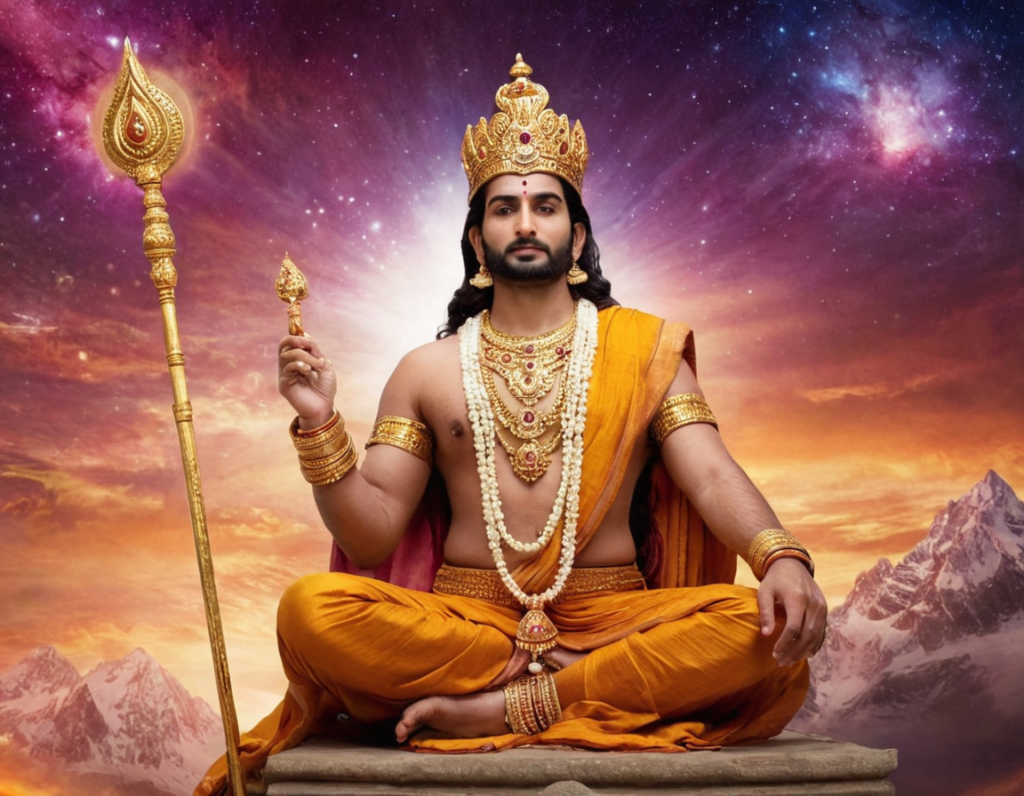
In the ancient Indian epic, the Mahabharata, there is a story about King Revaita, who travels to meet Lord Brahma. In this tale, Revaita travels to the heavens and spends time with the gods. When he returns to Earth, thousands of years have passed. His kingdom has changed dramatically, and people no longer recognize him. This story shows how time operates differently in divine realms compared to our world and emphasizes the idea that spiritual journeys can transcend time, echoing the themes found in other timeless tales.
The Legend of the Time Machine in Celtic Mythology

In Celtic mythology, there are tales of magical objects or places that allow characters to travel through time. One such story describes a mystical lake where time flows differently. A person who enters the lake experiences days that feel like mere minutes outside of it. This legend reflects the belief in magical realms where time is not constant and suggests that such places can provide insights about the past and future. These legends are part of the rich collection of timeless tales that explore the fluidity of time.
The Chinese Legend of the Immortal Xuanzang
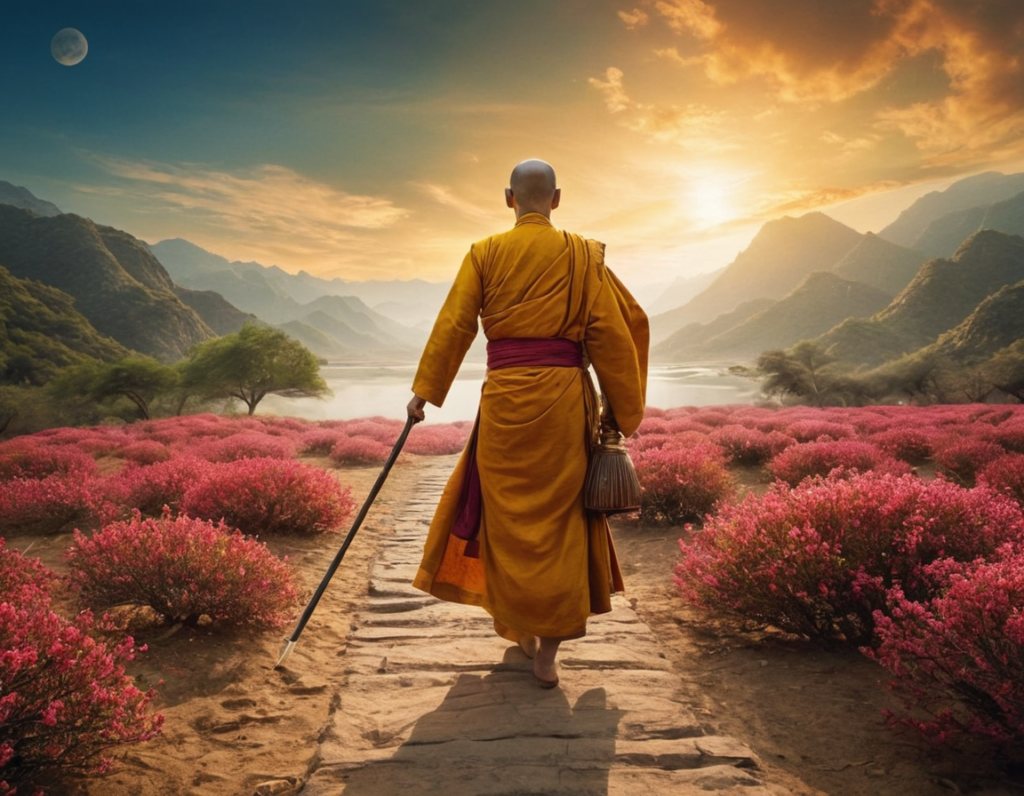
Xuanzang was a monk known for his journey to India to find sacred Buddhist texts. In some versions of his story, he travels through mystical realms where time doesn’t exist as it does on Earth. He faces many challenges, but he is guided by divine forces. His journey may seem long, but it appears to take only a short time in the mortal world. This legend highlights the idea that spiritual quests can take travelers beyond the limits of time, fitting into the category of timeless tales that emphasize spiritual growth.
The Egyptian Myth of Isis and Osiris
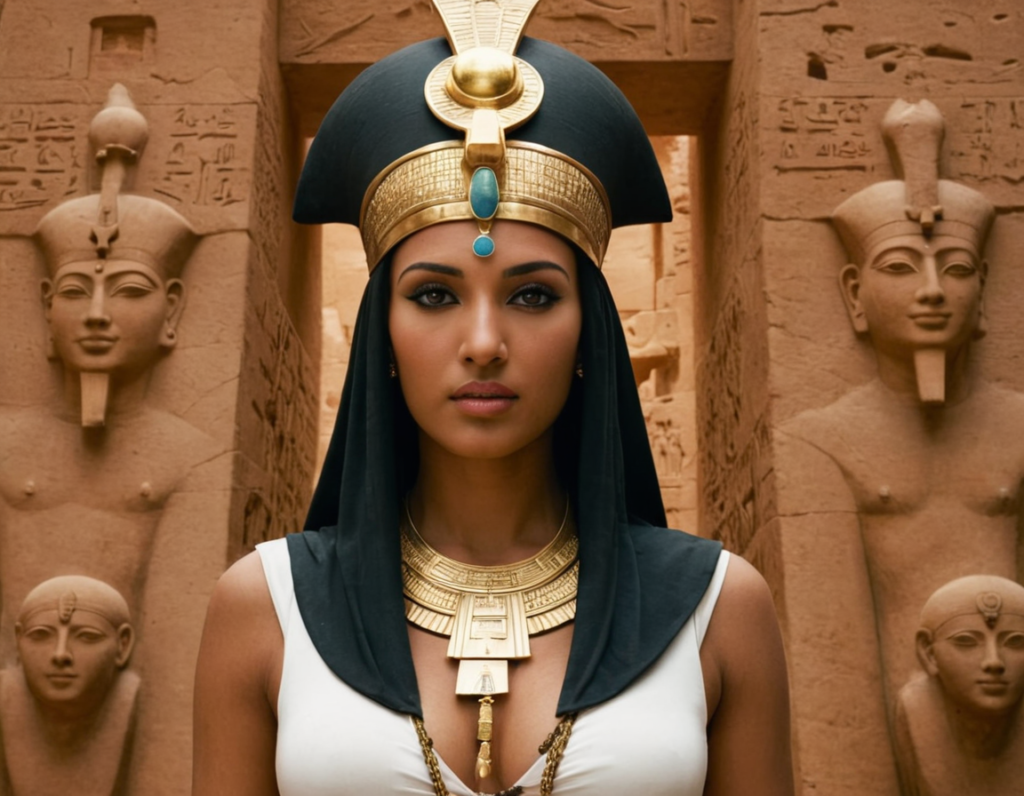
In Egyptian mythology, the story of Isis and Osiris involves themes of death and rebirth. Osiris, the god of the afterlife, is killed by his brother Set. Isis, his devoted wife, embarks on a journey to find Osiris’s body and restore him to life. This journey symbolizes a quest through different realms, where the past directly influences the present. In seeking to bring Osiris back, Isis confronts the consequences of death, teaching us that our past shapes our present. This story, like many timeless tales, reminds us of the interconnectedness of life, death, and rebirth.
The Persian Legend of the Shahnameh
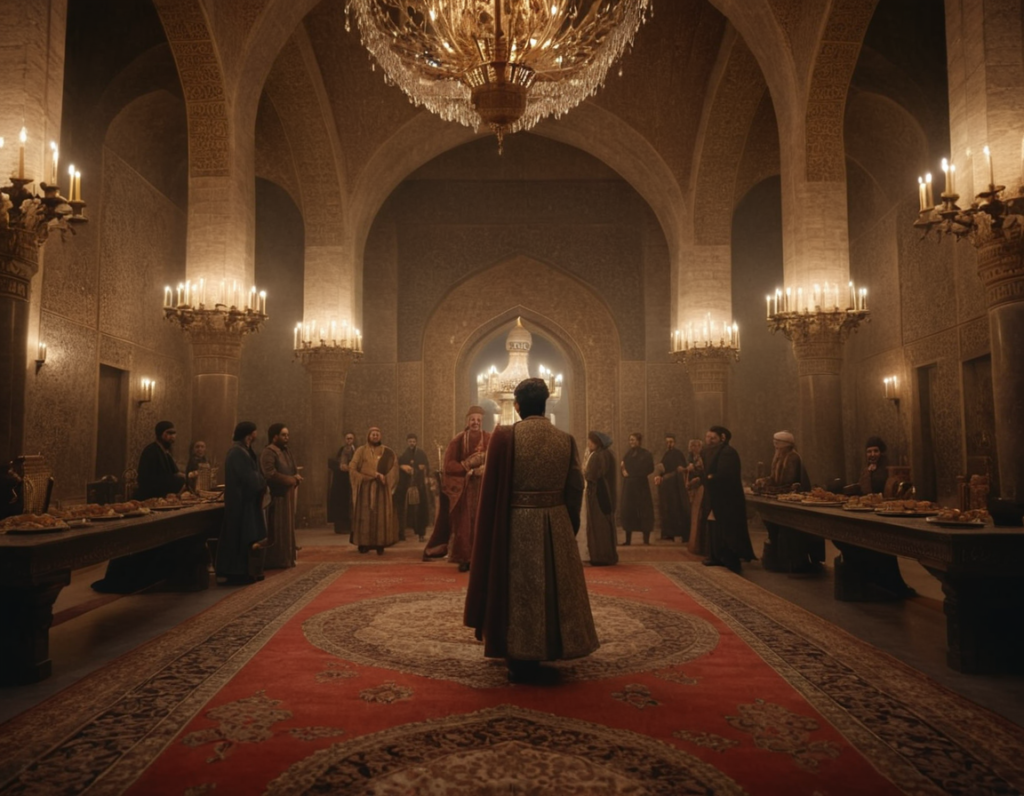
The Shahnameh is an epic poem recounting the history of Persia from its mythical origins to the Islamic conquest. Within its tales, kings meet the spirits of their ancestors, allowing them to learn from those who came before. This ability to communicate with the past can be seen as a form of time travel, emphasizing the importance of history and how it shapes the present. These narratives reflect the essence of timeless tales that resonate across generations.
Time Travel in Modern Context
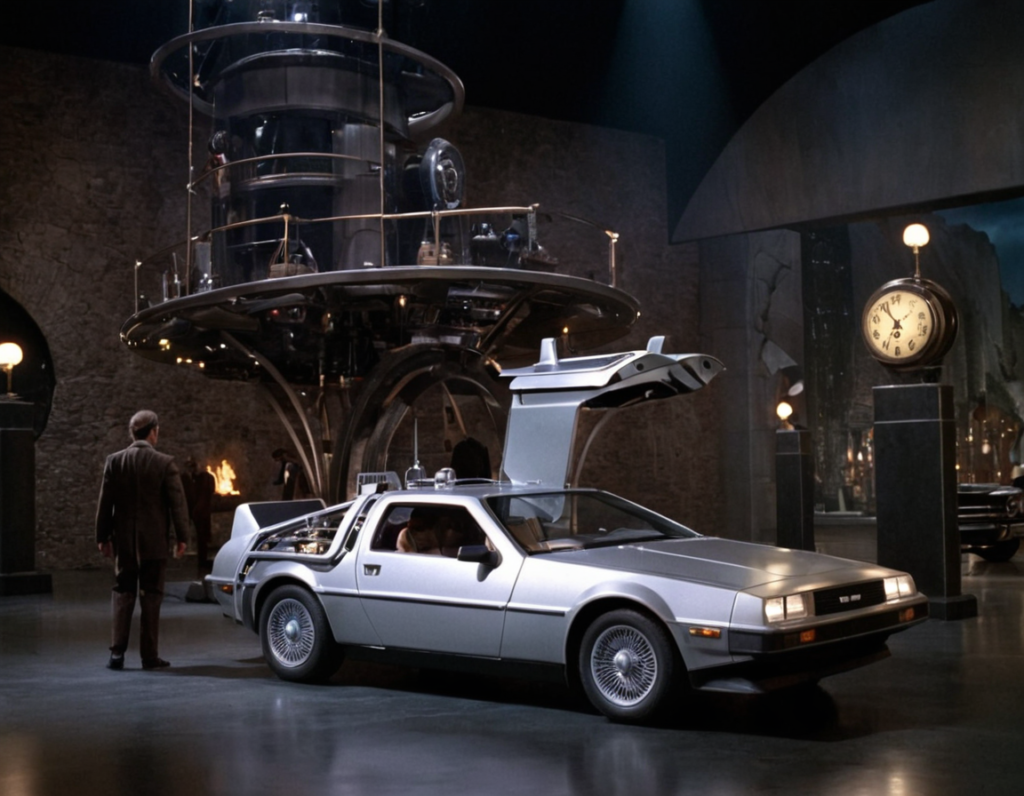
While ancient myths provided early ideas about time travel, our understanding has evolved significantly in modern times, especially in books and films.
Literature and Film
In the modern world, stories about time travel have become very popular. A famous example is H.G. Wells’ novel, “The Time Machine.” In this book, a scientist builds a machine that allows him to travel to the future, where he discovers a drastically changed world. This story explores how traveling through time can lead to unexpected challenges.
Another well-known movie is “Back to the Future.” In this film, a teenager named Marty McFly travels back to the 1950s using a time machine built by his eccentric friend, Doc Brown. Marty must navigate the past without disrupting his own future, raising questions about fate and free will. These stories highlight important themes, such as:
- Fate vs. Free Will: Many modern time travel stories explore whether our lives are predetermined or if we can change our destiny. If we go back in time and change something, do we alter the future, or is everything meant to happen as it does?
- Moral Dilemmas: Time travel stories often present ethical questions. For example, if you could change a tragic event in your life or in history, should you? What might be the consequences of those changes? These stories encourage us to think about our choices and their impact on ourselves and others.
Through these modern interpretations, we see that time travel is not just about moving from one point in time to another. It’s also about exploring deeper questions about life, choices, and the nature of time itself.
Cultural Reflections on Time Travel
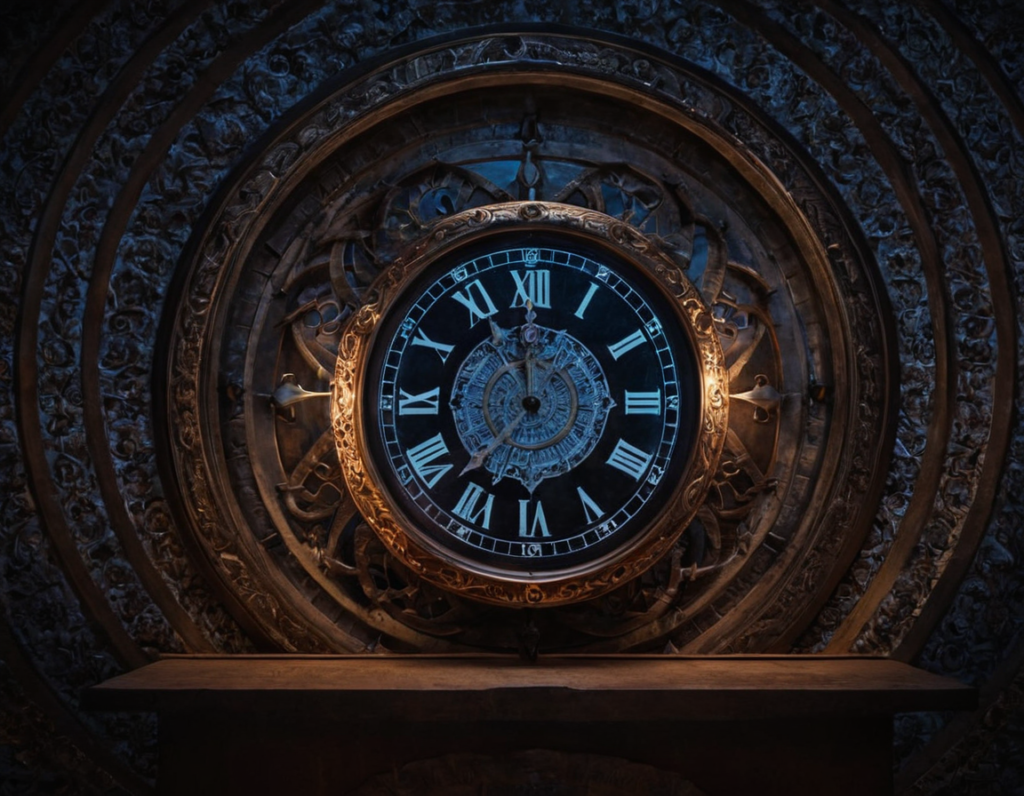
The myths surrounding time travel provide valuable insights into how different cultures view time and its significance. Here are some key points to consider:
Cyclical vs. Linear Time
- Cyclical Time: Many ancient cultures, like the Mayans and Hindus, viewed time as a cycle. They believed in repeating patterns—like the changing seasons or the life cycle of birth, death, and rebirth. This view shows that events and experiences tend to repeat over time, making history feel connected and continuous.
- Linear Time: In contrast, modern society often sees time as linear, meaning we think of time as a straight line moving from the past to the present and into the future. Each moment is distinct and separate. This perspective leads us to focus on progress and milestones.
Divine Intervention
In many myths, time travel involves gods or supernatural beings. These figures often guide characters on their journeys through time. Some stories say the gods grant humans the ability to travel to the past or future, showing that time is influenced by higher powers.
Lessons from the Past
Many time travel myths serve as cautionary tales. They remind us of the importance of learning from history rather than trying to change it. Characters who attempt to alter the past often face unintended consequences that lead to regret. These stories teach us that understanding our history can help us make better choices today.
Conclusion
The concept of time travel, both in ancient mythology and modern storytelling, reflects humanity’s ongoing fascination with time and its mysteries. Through these stories, we can see how different cultures have grappled with complex ideas about time. Ancient myths often depicted time as a fluid and dynamic force, while modern tales explore the implications of traveling through time.
As we continue to explore time in literature and film, the timeless tales of the past remind us of our shared desire to understand our place in the universe. Ultimately, these stories highlight the inevitability of change and the importance of embracing our experiences, both past and present.
